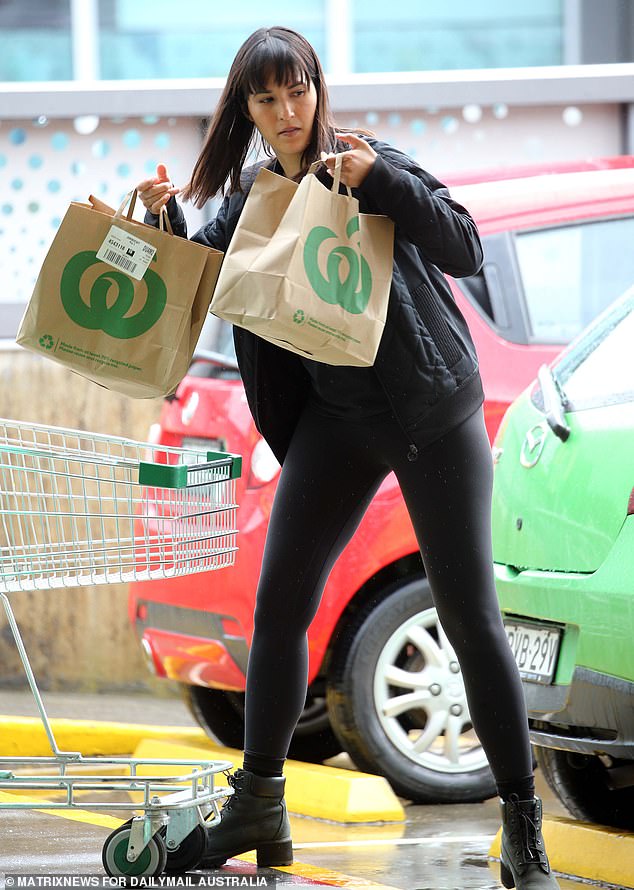David Koch reveals how you can HALVE your grocery bill during a cost of living crisis – and save $5,000 a year
David Koch has created a TikTok video revealing how Australian families can save $5,000 a year on their grocery bills by switching to private label products.
Australia’s cost of living crisis could get worse, with some economists now predicting more rate hikes later this year.
But Koch, the former Sunrise host and now economics director of Compare the Market, calculated that switching to private label products could save the average family $96.37 a week or $5,011 a year.
That’s based on replacing big-brand products with lesser-known labels, which would reduce costs from €201.19 per week to €103.51 – bringing weekly savings to €97.68.
David Koch has created a TikTok video revealing how Australian families can save $5,000 a year on their grocery bills by switching to private label products
‘So, when you do your supermarket shopping, what’s in a brand name? Well, I can tell you: enough,” he said.
“You pay a lot more for that loyalty to a brand you love.”
Parents with babies are being urged to replace a 56-piece nappy pack priced at €39 with a 50-piece version from a lesser-known brand selling for €11.49.
A $17 difference was also observed by switching shampoos.
Compare the Market purchased 25 items from a major supermarket and another 25 similar items from a challenger supermarket that sold private label brands.
‘Now multiply those weekly groceries over an entire year and that results in a savings of more than $5,000.
‘Almost three return flights in economy class to London.’

Australia’s cost of living crisis could get worse, with some economists now predicting more rate hikes later this year (pictured is a Woolworths shopper in Sydney)
Australia continues to face a bread and cereal inflation crisis of 7.3 per cent in the year to March, an official monthly inflation measure shows.
While headline inflation moderated to 3.6 percent in the March quarter, an underlying inflation measure known as the weighted median delivered a 4.4 percent increase – when volatile price components were excluded.
With inflation still well above the Reserve Bank’s target of 2 to 3 percent, financial markets are now preparing for rate hikes rather than rate cuts in 2024.
